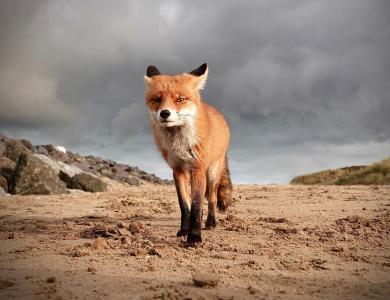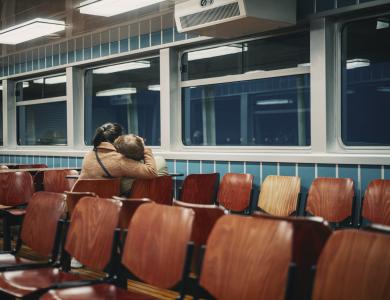It may seem obvious, but in my opinion, perhaps the most important thing about wildlife photography is to have a passion for it. I love photographing Africa’s big cats – their behavior is fascinating, how they photograph is interesting and of course, capturing them in their natural habitat is breathtakingly beautiful. Here are a few key tips I would offer to anyone looking to capture stunning wildlife photography.
KNOW YOUR SUBJECT
To take great shots, you have to know your subject. I spend countless hours learning about the behaviours of different cats; I usually try and track just one or two animals, in order to learn their individual behaviours. For example, I once followed a leopard that had lost his left eye for several days. By following him, we realised that because of his poor eyesight, he was no longer able to hunt. In order to feed, he stole carcasses killed by other leopards. When you only follow one or two individuals, it allows you to really understand and tell their full story.
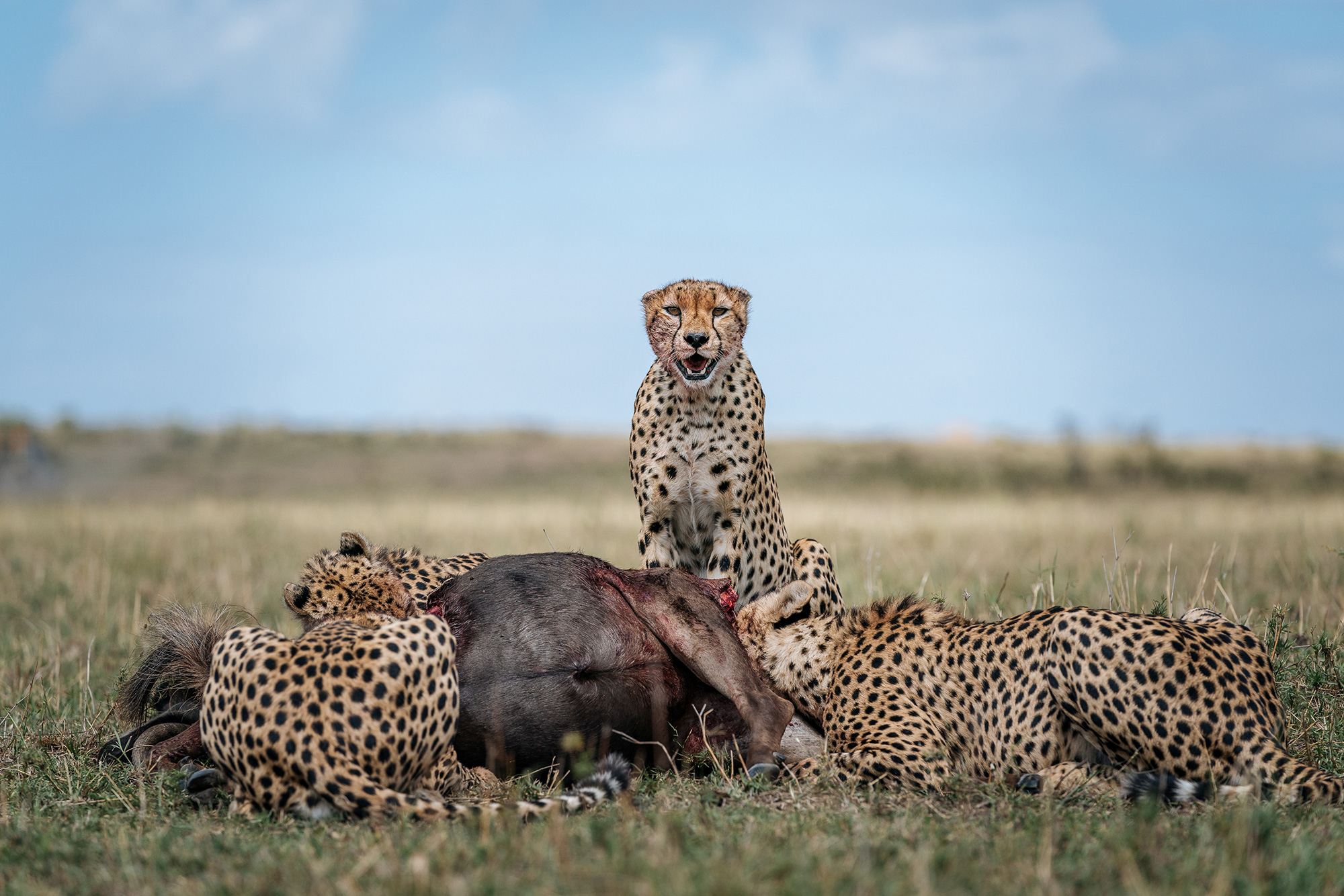
BE PATIENT AND DECISIVE
Every day is different - anything can happen. I always leave camp early in the morning, before sunrise, and the first thing I do is try and pick up tracks for the animals we are following. Sometimes you don’t have tracks, so instead there are signs you have to watch and listen for. You may hear baboons calling each other, or find a strangely quiet empty space - these are both signs that a predator could be nearby. It is a mix of everything: the tracks, the sights, the sounds, the smells: you have to be alert to everything.
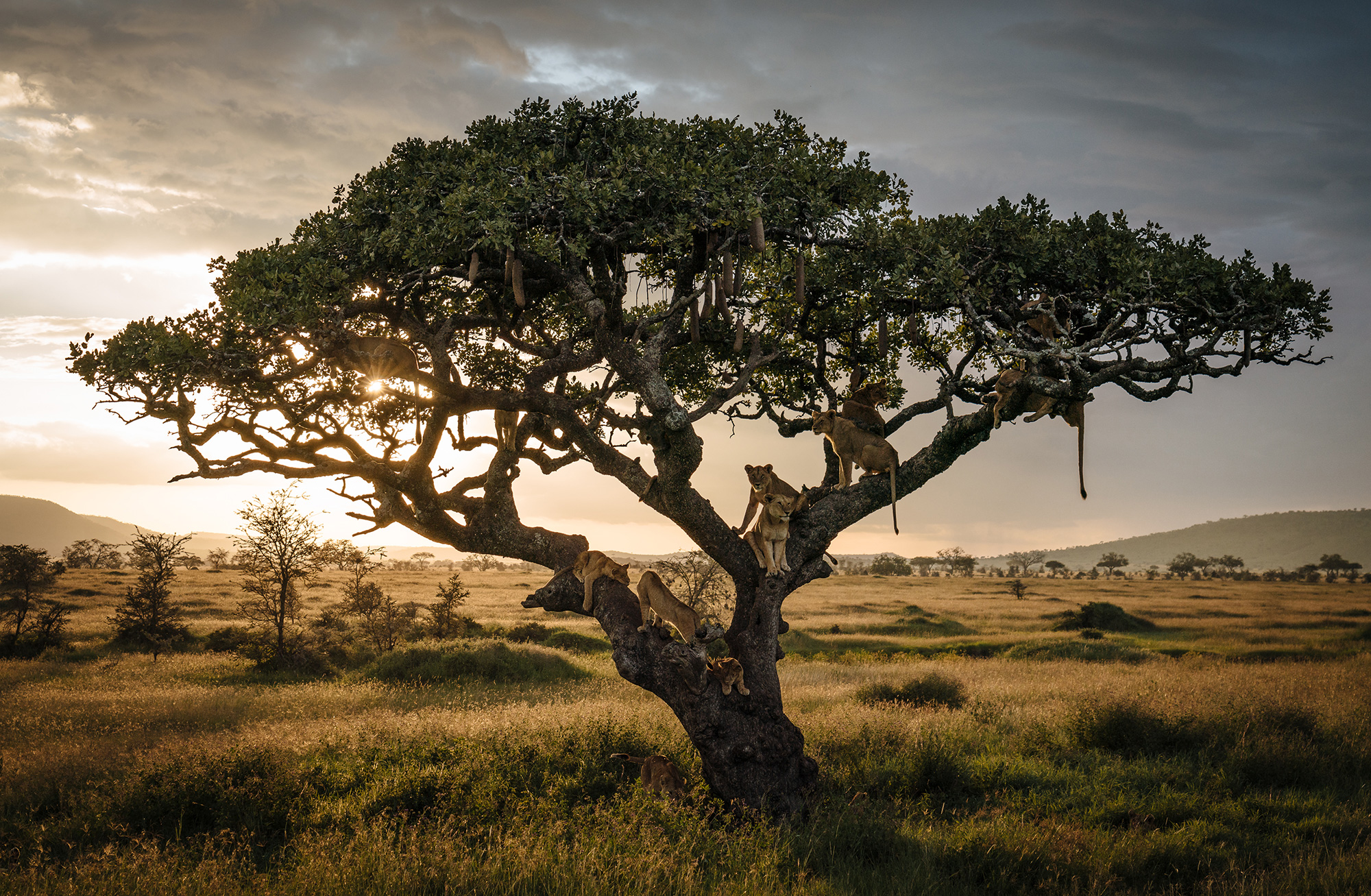
The best light is always Golden Hour first thing in the morning, and in the hard light of Africa you really need to be ready to shoot in those first couple of hours. When you leave in the morning and you can't find any tracks or any signs you need to make a decision. You could stop and try and photograph elephants in the great light, or you could persevere knowing that you may miss the best light completely. It’s a big decision that you have to make.
KNOW WHAT YOU WANT TO SHOOT, BEFORE YOU SHOOT
I tend to shoot in full manual exposure mode. It’s important to know the image that you want to capture before you even raise your eye to the viewfinder. This way, you will take fewer photos because you know exactly what you want to achieve when you take a photo, rather than just shooting for the sake of it.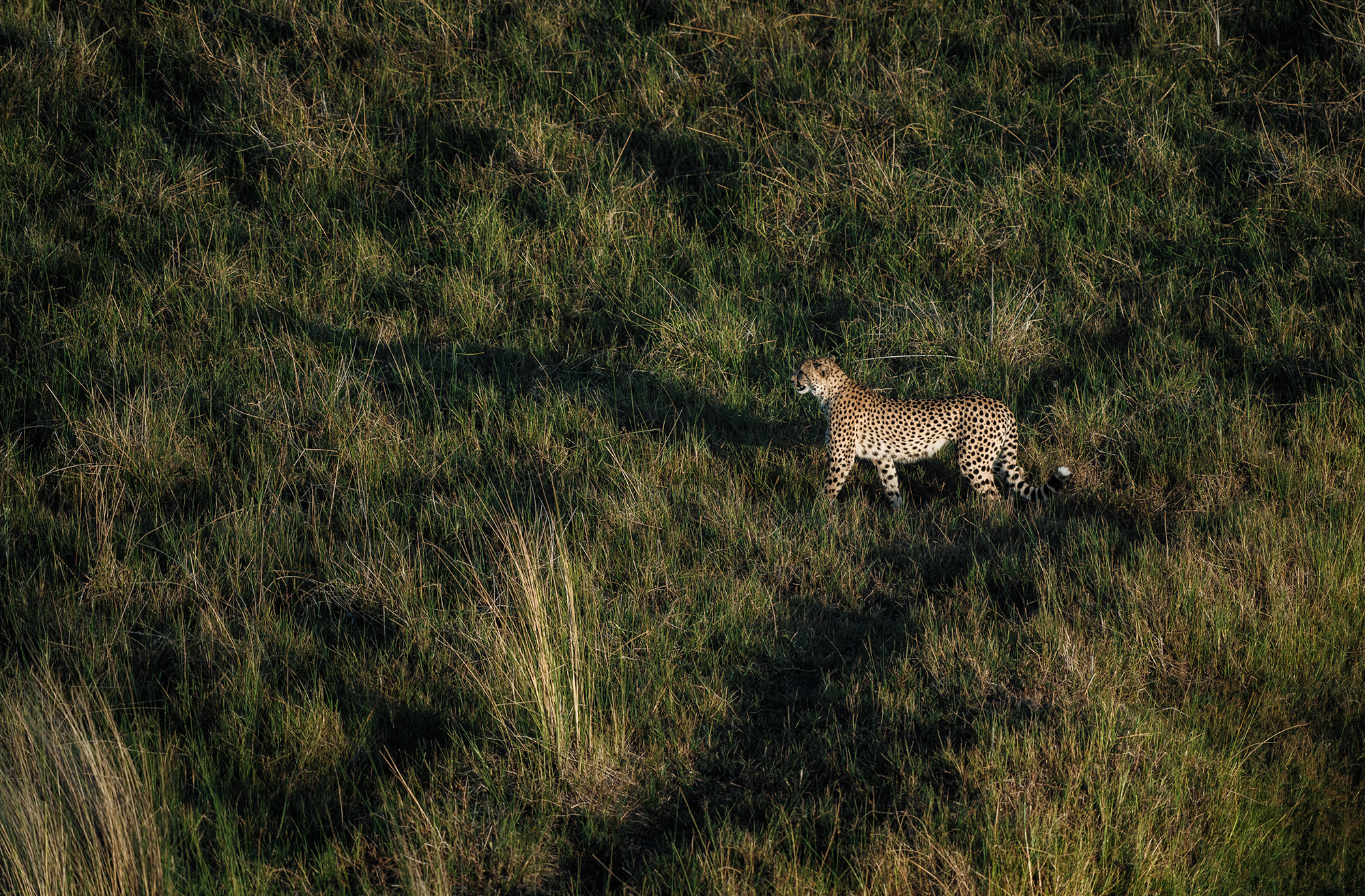
I take advantage of the electronic viewfinder on my Sony α9 and α7R III cameras so I can create the image I want in-camera, as close as possible to the final image. I do tend to prioritise highlights however, knowing that I can underexpose the image to get a great looking sky, and then push the shadows when editing the raw image. Both my Alpha cameras have sensors that offer the dynamic range for me to be able to do that.
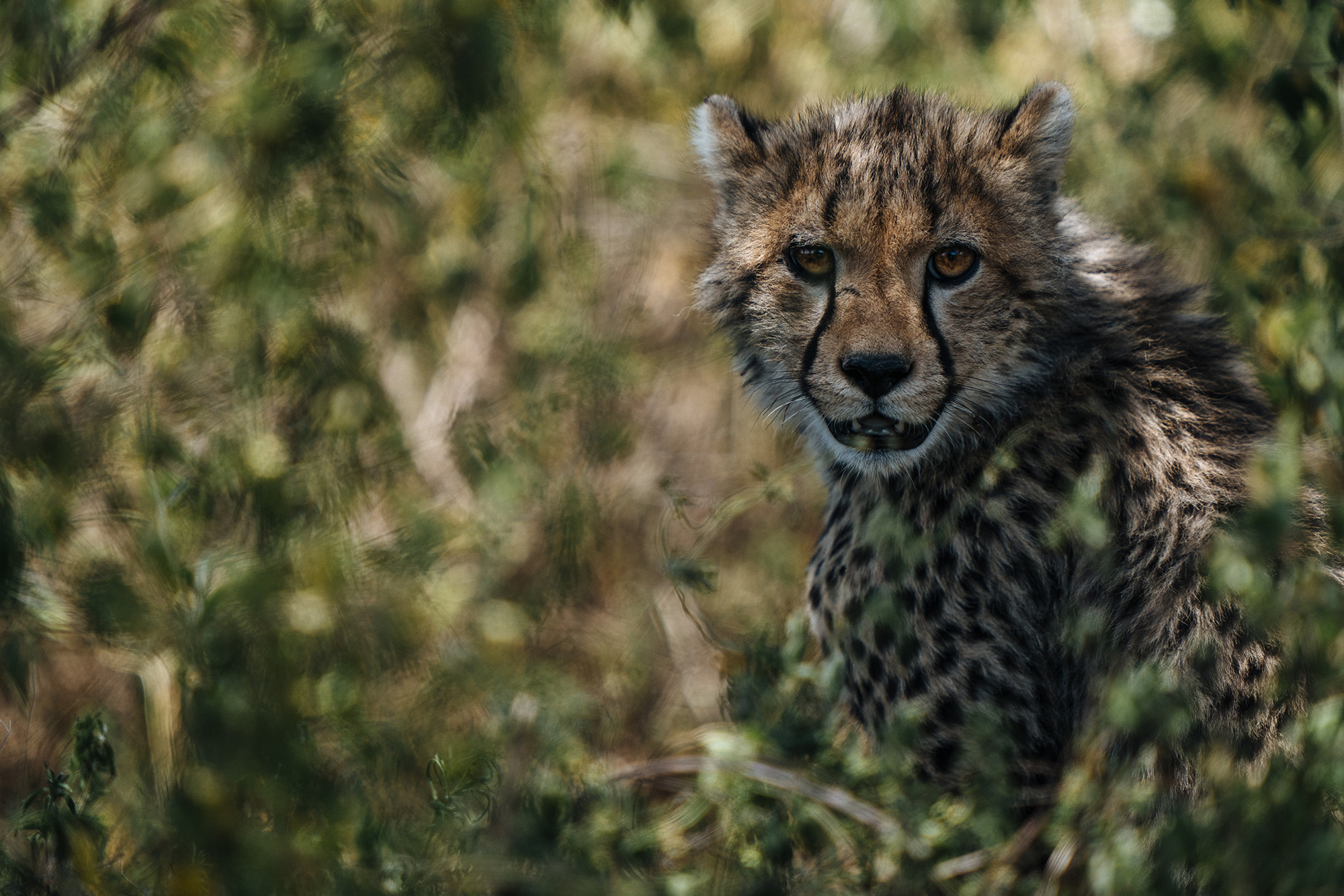
LENS AND SUBJECT CHOICE
I am fortunate to use a Sony α9 and two Sony α7R III cameras. I pair the α9 with a battery grip, which helps balance and hold the camera as I mainly use it with the 400mm f/2.8 G Master lens, and sometimes a 1.4x teleconverter. This allows me to capture portraits of my subjects without disturbing them. One of the key elements to taking good images is to not disturb your subject, which is why the silent shutter feature on my Alpha kit is also so great.
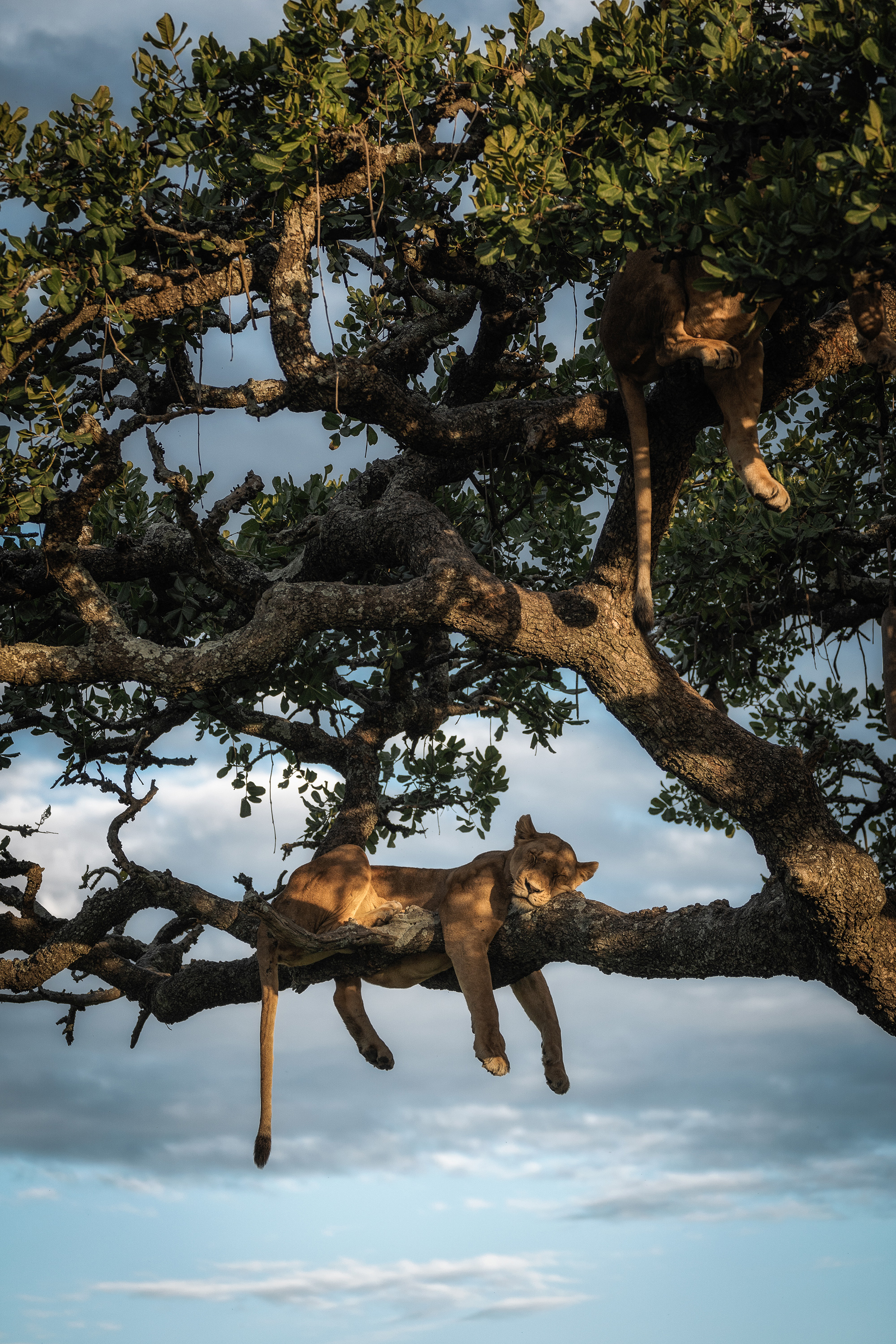
My other advice with lenses is that less is often more. Many people have bags full of lenses, which can make it harder to know which to use. I have the 70-200mm f/2.8 GM lens for wider shots, and then have the 400mm f/2.8 lens for telephoto. On my other camera I have the 24-105mm lens. Also, the last thing you want in scorching heat is to be carrying lenses and equipment that you don’t need, so I nearly always shoot handheld so I am free to move.
COMPOSITION
One of the first things I like to do is get low down, so I’m at eye level or below the big cat, which gives a nice perspective to tell their story. In terms of composition itself, I find the classic rules work. I use my electronic viewfinder to show the rule of third gridlines and I also look for nice diagonal leading lines to draw the viewer’s eye towards the subject. I think it’s important to create depth in the image, to have a foreground, the subject and then a background, which helps to place the subject in the context of their environment, as well as helping to draw focus on to them.
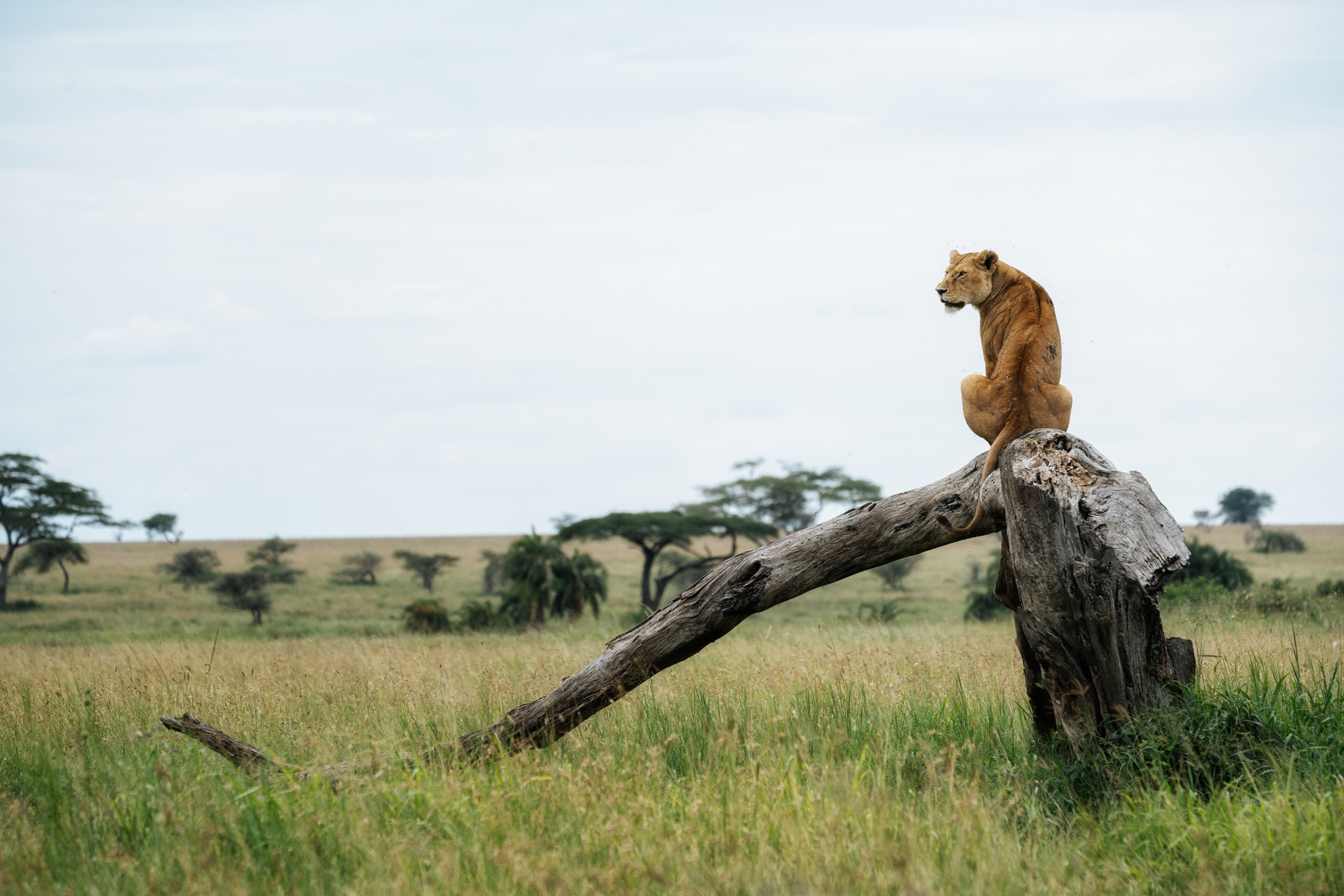
However, if you feel that you should maybe break a composition rule, just trust your judgement and get on and take it - things can change so quickly you may not get another chance.
KIT USED
• Sony α9
• Sony α7R III
• FE 24-105mm f/4 G OSS
• FE 70-200mm f/2.8 GM OSS
• FE 100-400mm f/4.5-5.6 GM OSS
• FE 400mm f/2.8 GM OSS
• 1.4x Teleconverter
Enjoy our talk with Chris on the World Photography Organisation's IGTV Through the Viewfinder series
Article originally published on sony.co.uk


